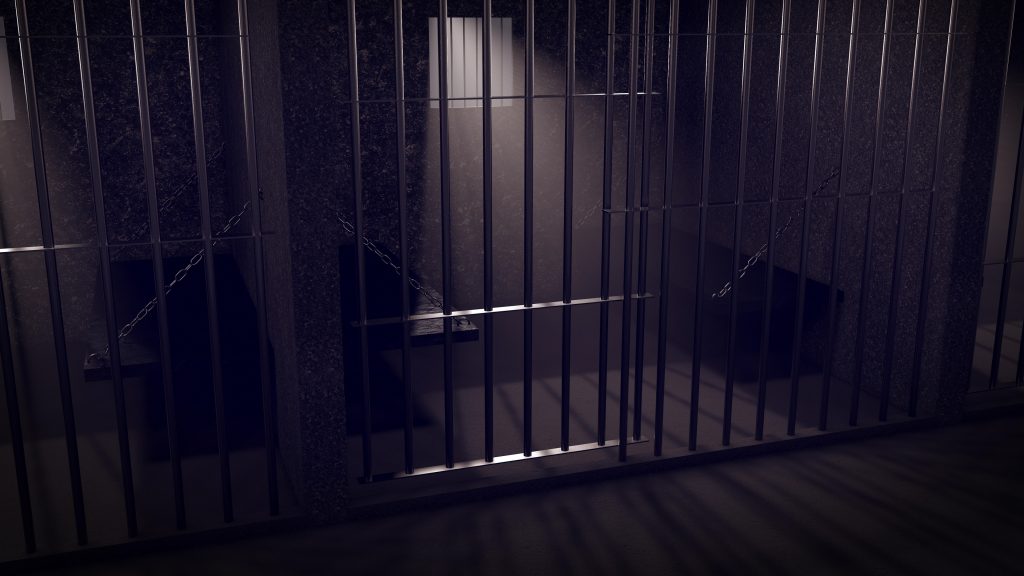Incarceration Vs. Treatment Part Two Of Five:
Treatment is Less Expensive than Incarceration
This is the second part of a five part series on treatment versus incarceration, based on a 2004 study completed by the Justice Policy Institute in Maryland. The findings of the study remain true today, because legislation has not budged in its insistence on incarcerating low-level drug offenders. However, the study found that treatment ordered for these individuals can be cheaper for taxpayers than incarceration of the same individuals.
While the numbers are dated, the samples remain the same today. In 1997, the Center for Substance Abuse Treatment, or CSAT, published a study to evaluate the effectiveness of the treatment services offered by the US Department of Health and Human Services. The report found that the treatment proved cost effective, especially over incarceration. Costs, at that time, ranged from $1,500 per person to $6,500 per person. Even with inflation and today’s rates, that cost is still significantly less than incarceration.
The United States government put it simply on its drugabuse.gov website, in today’s numbers. One year of methamphetamine rehabilitation costs $4,700 per patient, while one year of incarceration for the same person costs taxpayers $24,000 per person. It’s simple to see which option is the better financial option, and the least amount of burden on the taxpaying communities of every state in the nation.
However, the question remains: do addicts return to their habits after rehabilitation? The sad answer is, yes, they do, however, as stated in part one of this series, addicts entering prison are more likely to commit a crime than those who enter rehabilitation. Therefore, even though the person may need repeated rehabilitation services, the cost will still remain lower than sending the same person to prison, risking their return to prison through crimes that would not have been committed if the person had simply went to rehabilitation. Unfortunately, drugabuse.gov tells us that 40-60% of users relapse after rehabilitation, however, even repeated visits to rehabilitation facilities equals less money spent than one year of incarceration.
Many states are looking at treatment as an alternative to incarceration, especially as taxpayers realize the associated costs. Brooklyn, in New York City, has been using a rehabilitation option for nearly two decades, with higher rates of employment and small rates of repeated criminal activity. Drug addiction, when treated as a mental disease and not a crime, costs less for society, as the 2004 Justice Policy Institute study proves. The study’s findings hold true today, when a number of communities are turning to rehabilitation over incarceration.
If you’d like to talk more about the cost of incarceration versus rehabilitation, contact Vancouver Home Health Care Agency today.
At Vancouver Home Health Care Agency, Caring and Compassion is our business.

